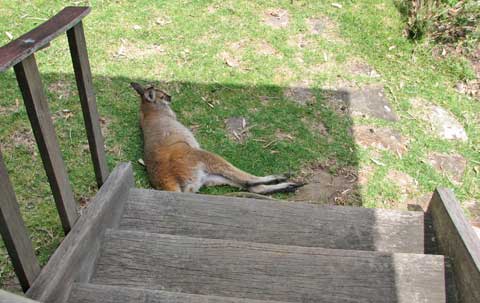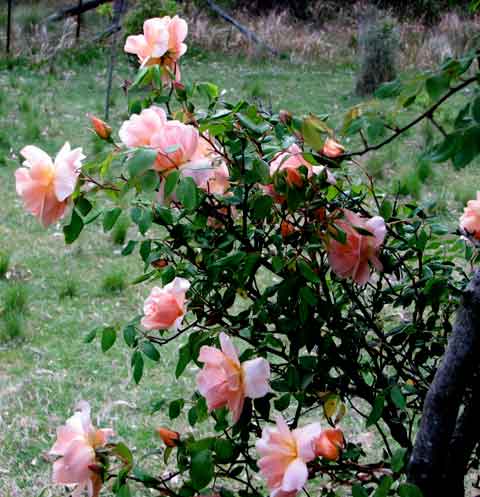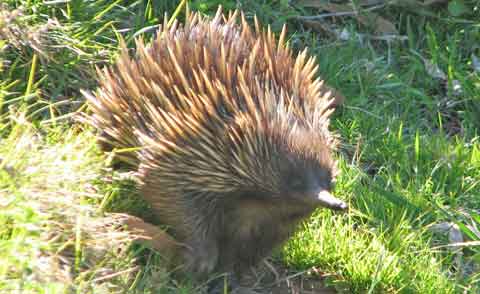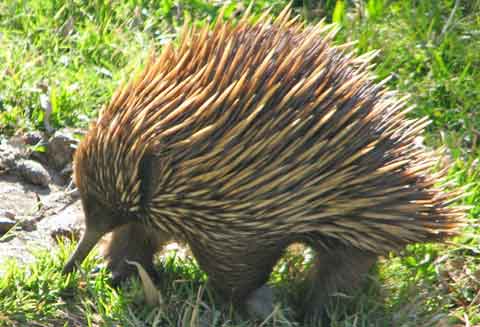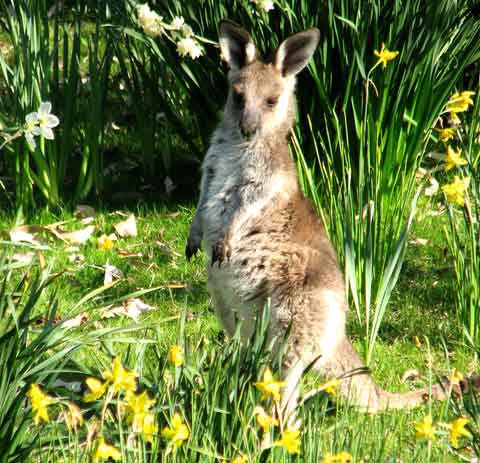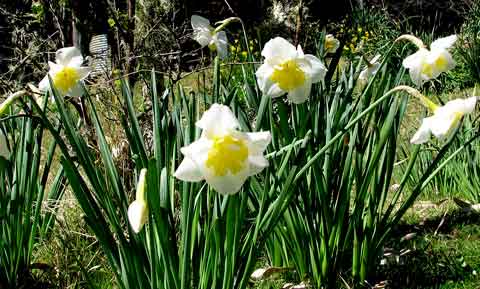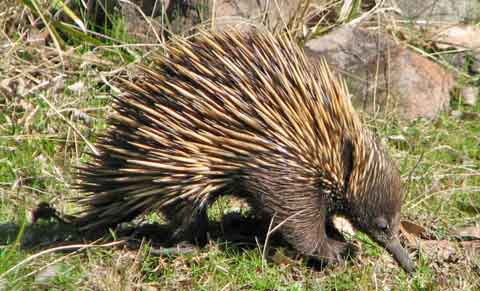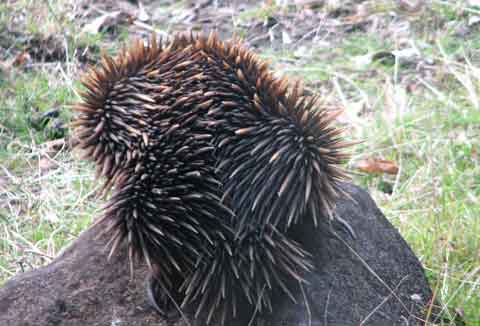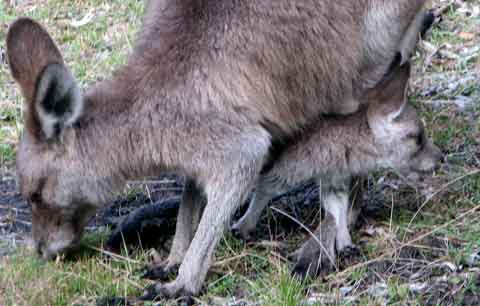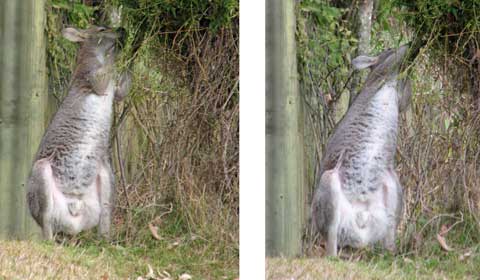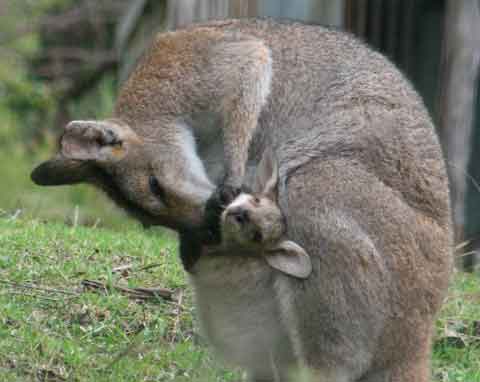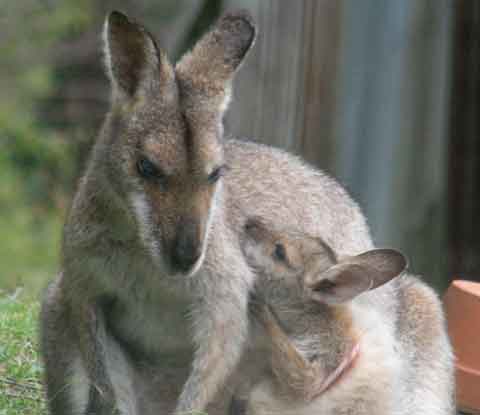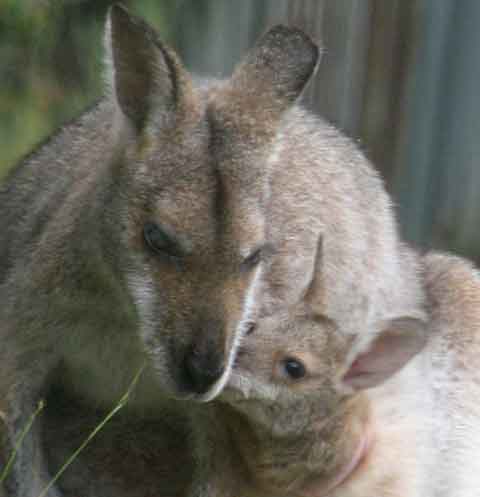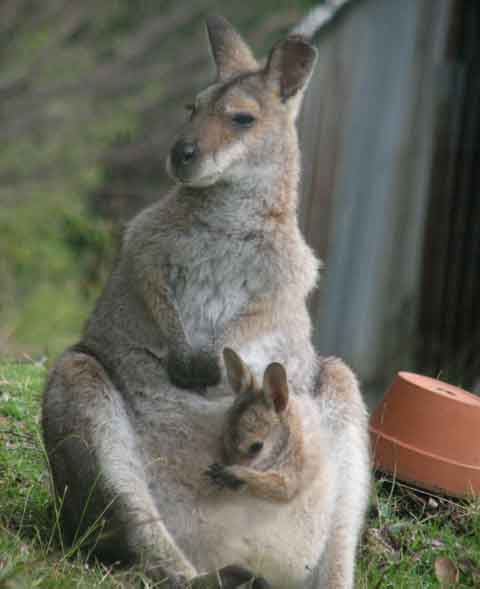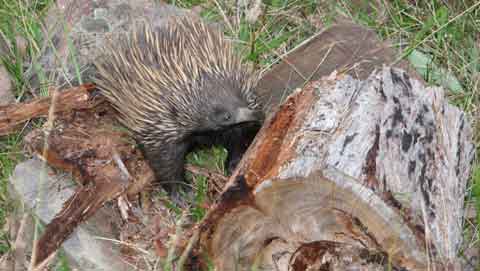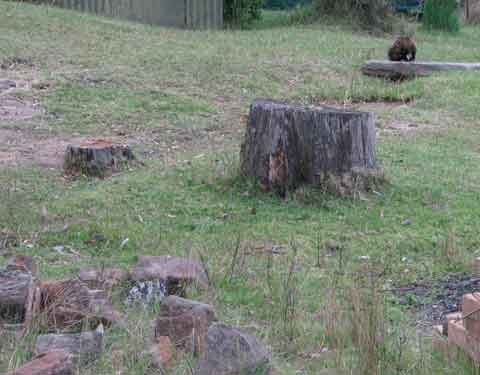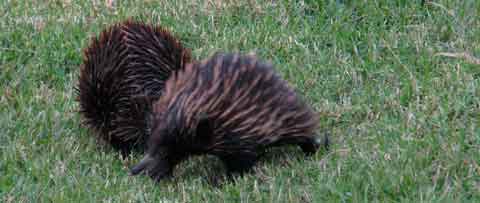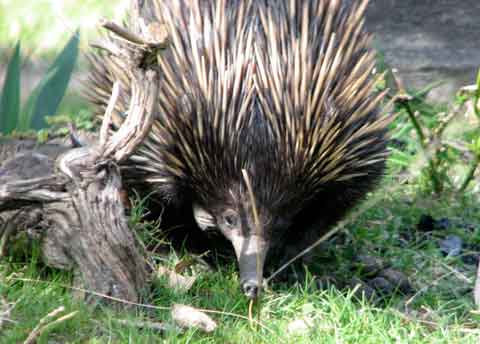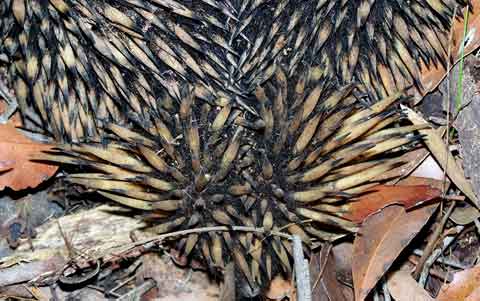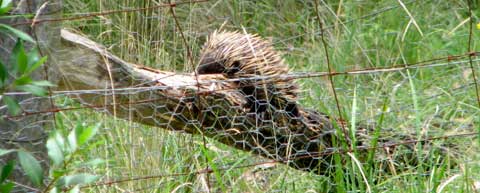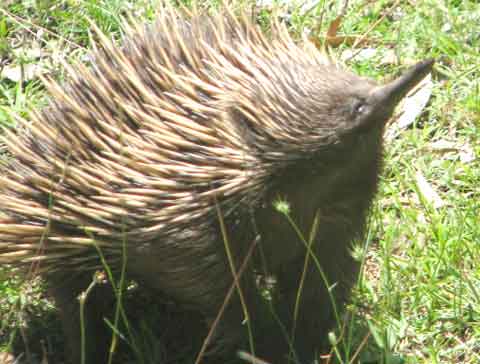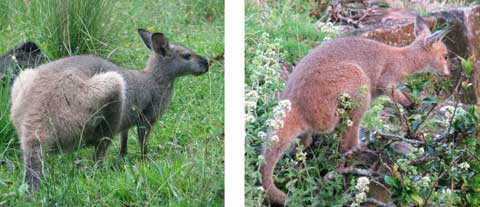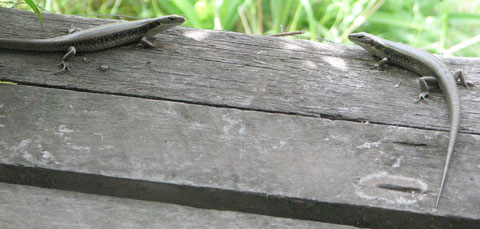My friend Christa doesn’t live in the bush, but on her rural suburban riverside block she observes an astonishing amount of fascinating natural phenomena.
The key is that she is keen to watch — and to wonder. Plus she takes great photos.
As her wildlife is often quite different to mine, she sees things I am not likely to. This one is so special I’ve asked her permission to share it with you.
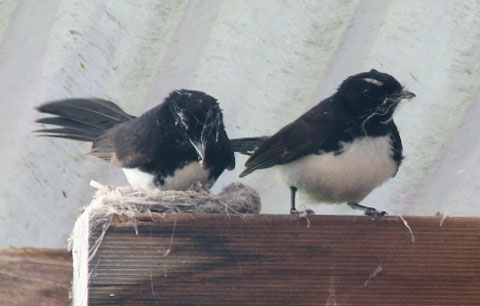
She was drawing ‘immense pleasure’ from watching a pair of Willie Wagtails building a nest under the verandah roof outside her bedroom. In fact, they would wake her up with their chirping and flurrying.
To her surprise, she realised that they were using cobwebs as the main building material.
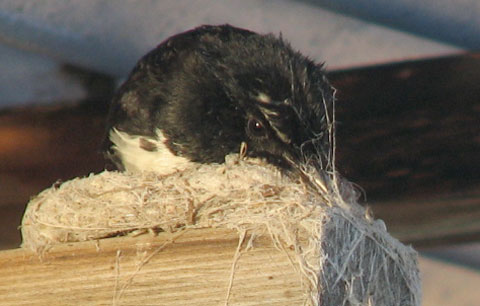
‘They arrive with threads wrapped around their heads, then wipe the head on the nest, all the while wriggling inside, checking for the right fit.’
‘They also use bits of grass and seem to put them on the inside. I think the nest grows about 1cm per day. By the weekend, it might be ready for eggs.’
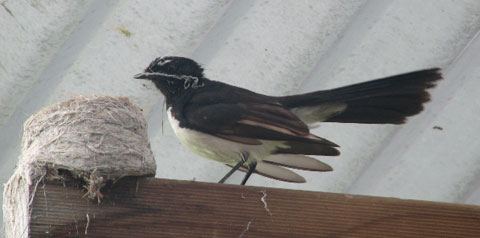
But after the weekend Christa emailed the sad news. The Willie Wagtails had abandoned the nest on Saturday, after all that complex weaving.
‘During the day, once or twice, they still defended the yard against crows and magpies. There was also a curious thing happening with two Willies. A larger one came and bullied the nest builder out of the nest, then briefly hopped inside it and left. Perhaps that bully is the reason for the now deserted nest. It still is a beautiful construction and I’m happy I could watch the process.’
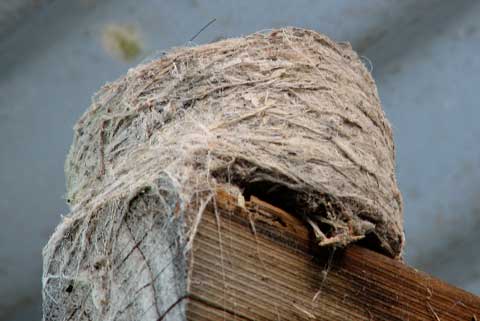
To me, it looks almost like felting. And it is a great pity the Wagtails broke up before they could occupy it and start a family — but I warn all owner builders that this is a possible outcome!
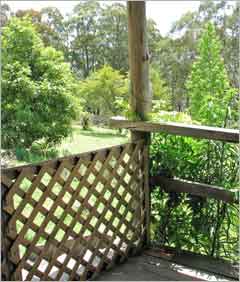 I have now completed a lattice gate to prevent the wallabies from coming onto the verandah and eating the plants from there.
I have now completed a lattice gate to prevent the wallabies from coming onto the verandah and eating the plants from there.